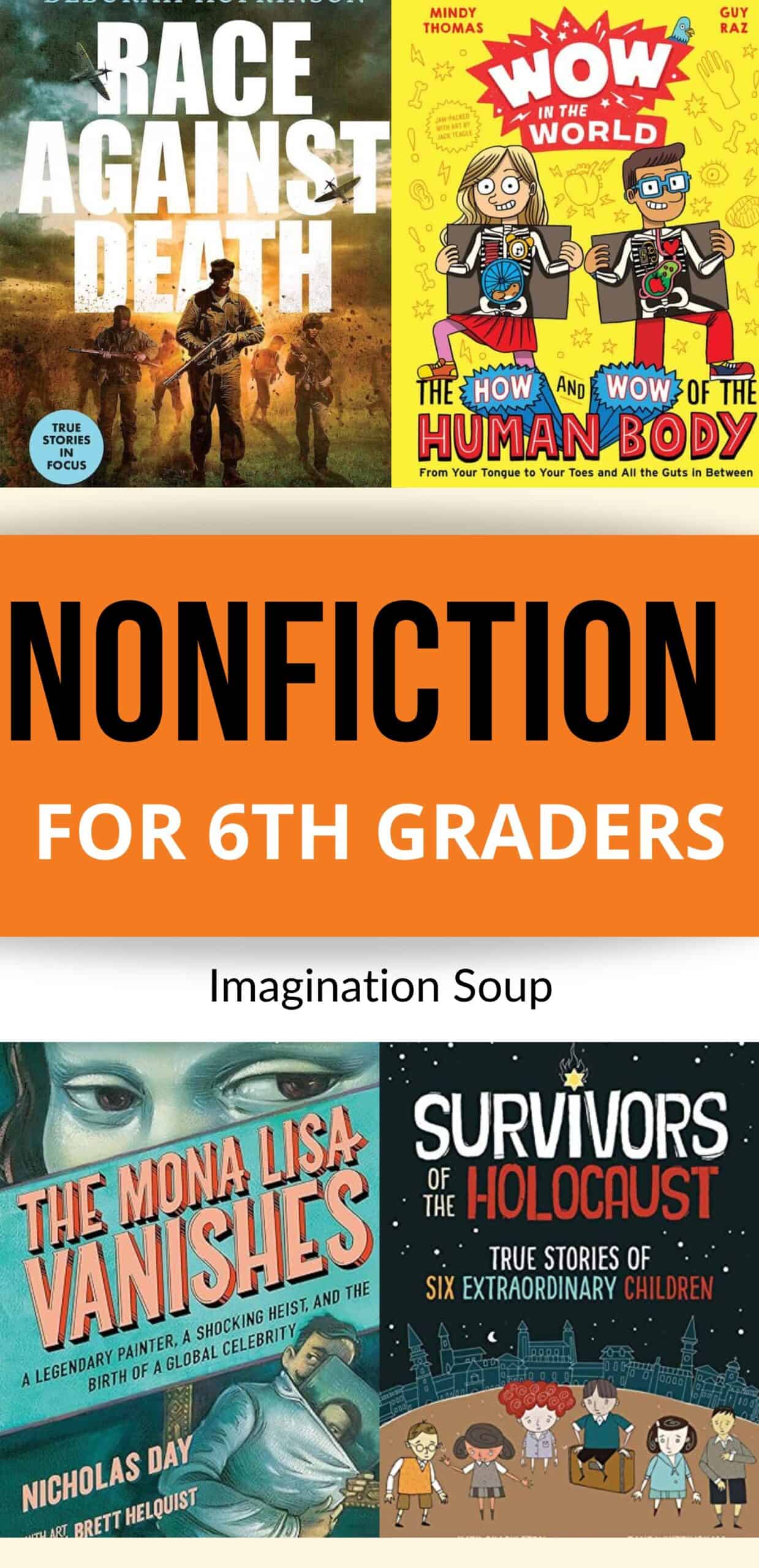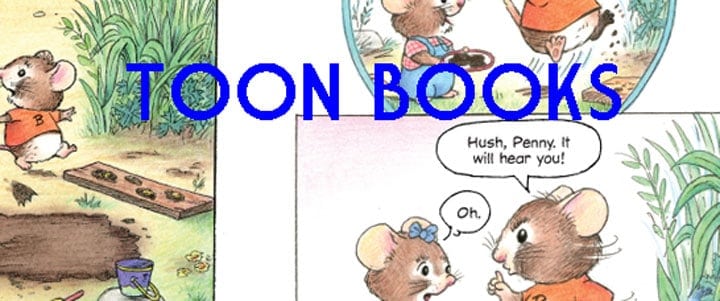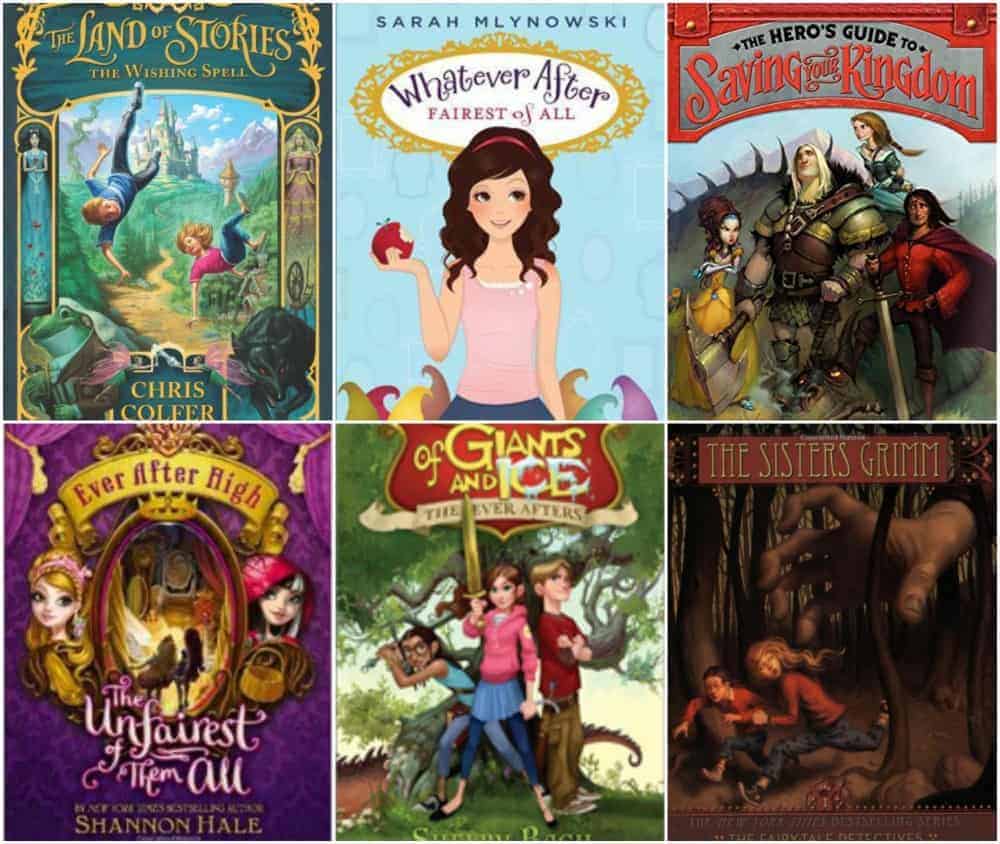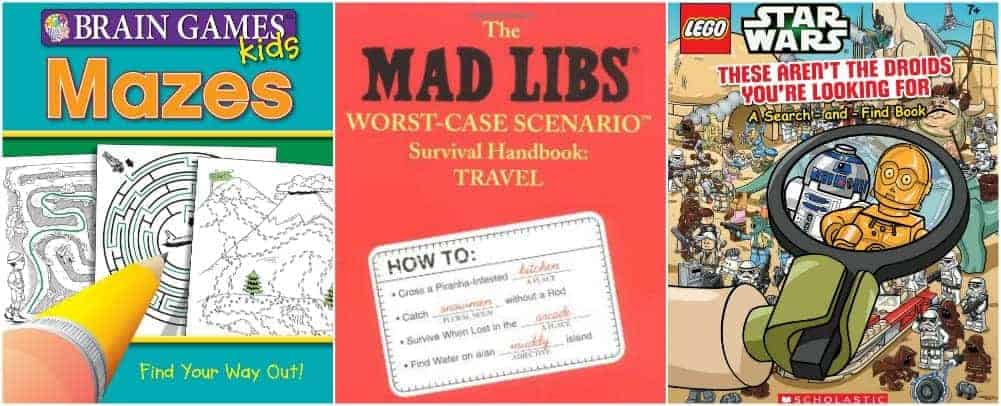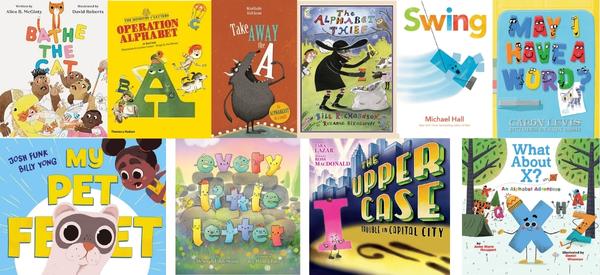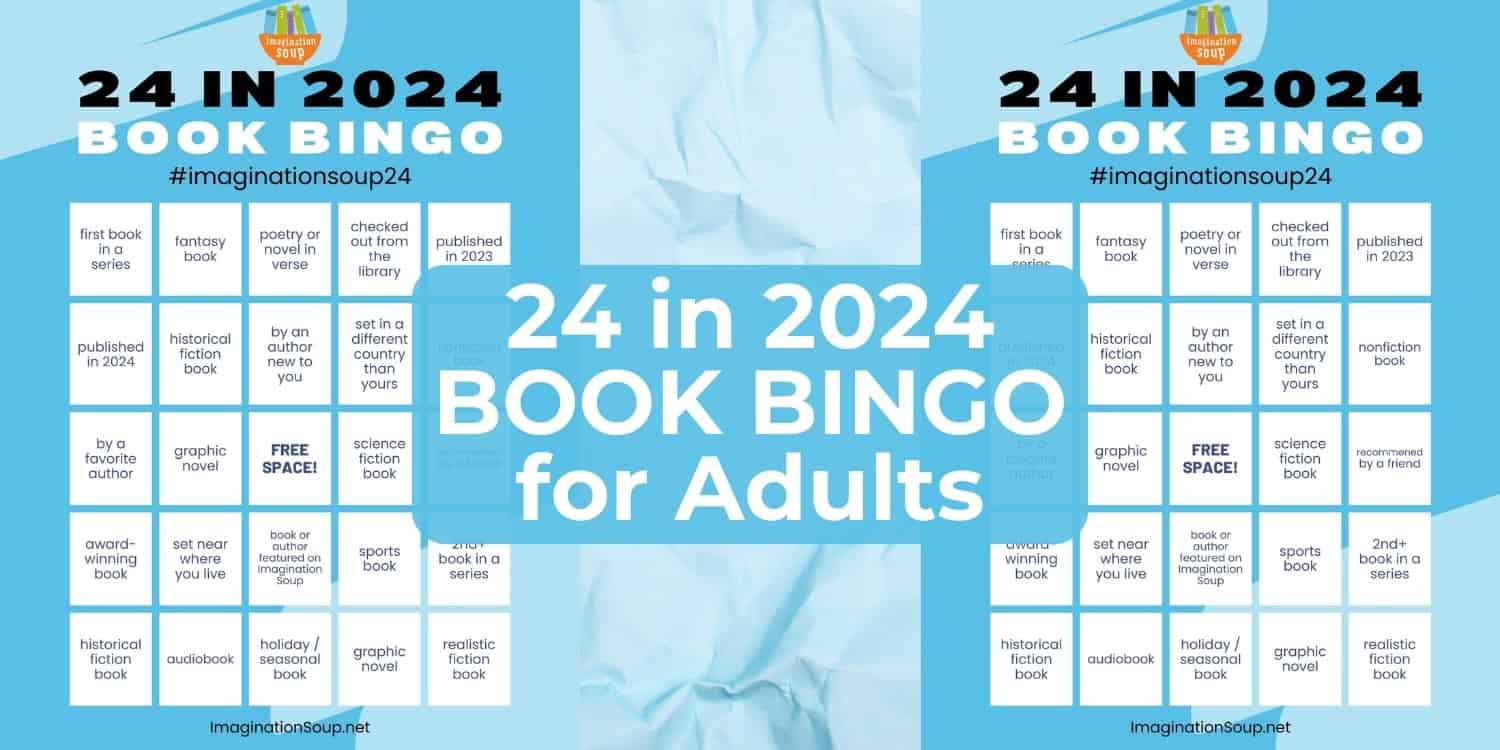Recommended Nonfiction Books for 6th Graders, 11 Year Olds
This post may contain affiliate links.
In school, 11-year-old readers (in 6th grade) are reading more nonfiction books than ever. Which means they need practice in excellent books. Books like these nonfiction books for 6th graders that I’ve read and highly recommend.
Here’s a list of nonfiction books for your readers that are so good that your 6th grade kids will learn a lot AND still enjoy the reading experience.
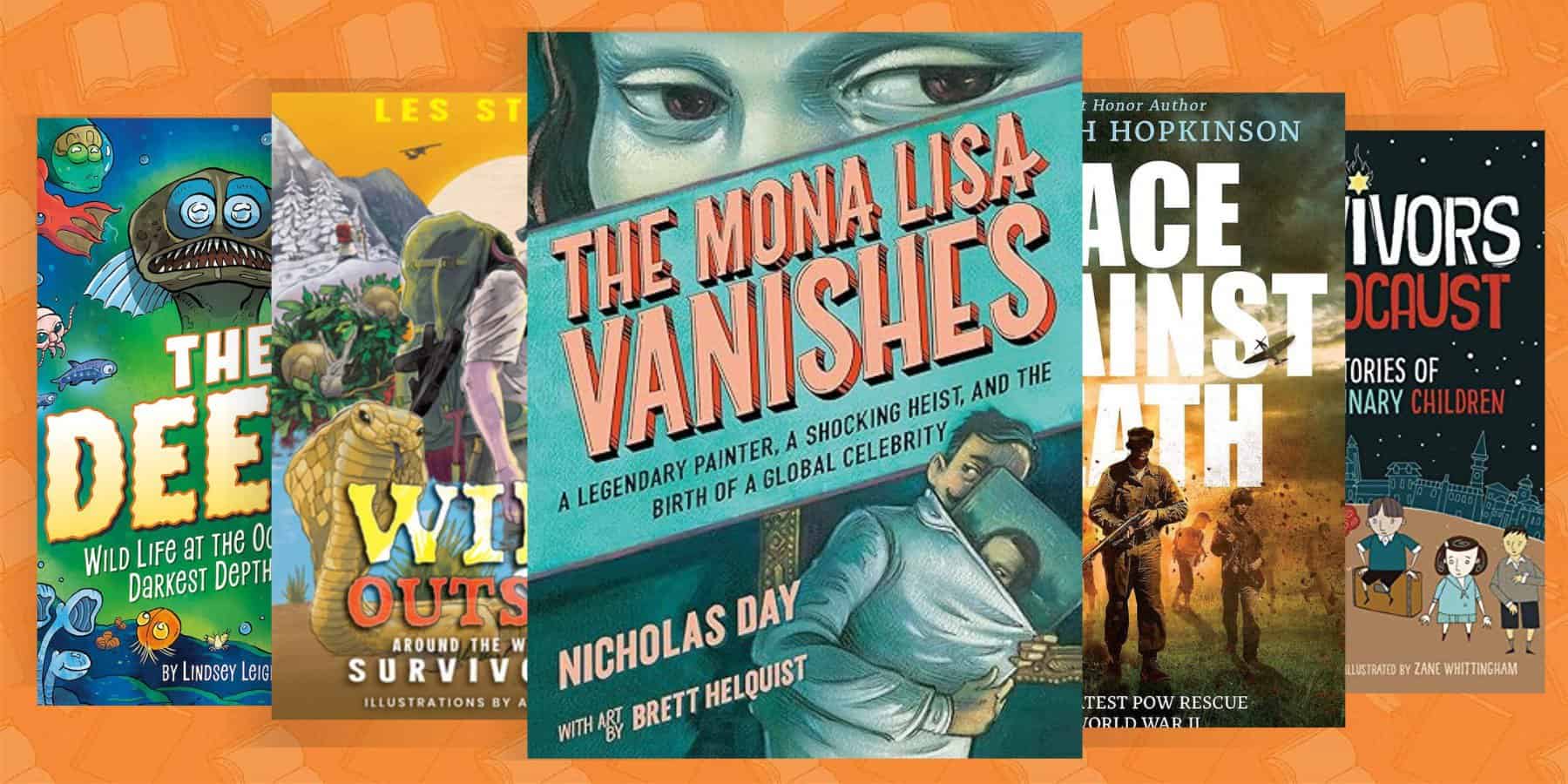
BOOK LISTS BY AGES
NONFICTION BOOK LISTS BY AGE
Fiction Books for 6th Graders, 11 Year Olds
Picture Book Biographies
Nonfiction Reading Comprehension Strategies
Nonfiction Books for 6th Graders, 11 Year Olds

The Mona Lisa Vanishes: A Legendary Painter, a Shocking Heist, and the Birth of a Global Celebrity written by Nicholas Day, illustrated by Brett Helquist
Incredible writing, fun illustrations, and excellent biographical information about the curious, brilliant, and distractable Leonardo Da Vinci make this a favorite nonfiction middle-grade choice. Interestingly, the Mona Lisa wasn’t a well-known painting until this art heist in 1911. And the Louvre wasn’t well-attended until after this dramatic theft. The theft was dramatic because the thief simply walked out with the stolen painting tucked under his shirt. Highly recommended!
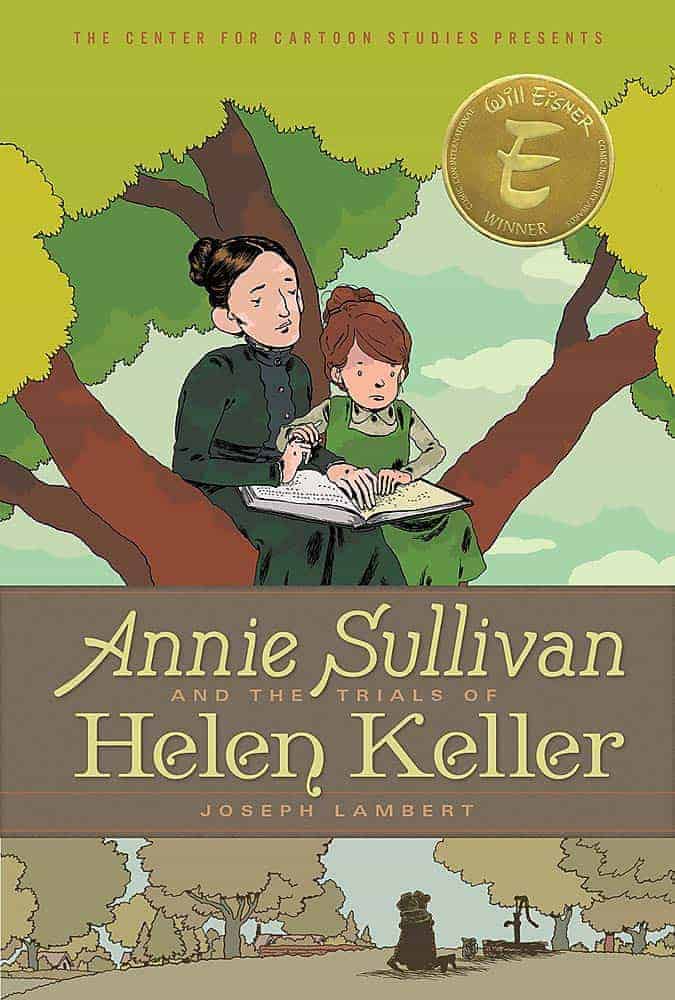
Annie Sullivan and the Trials of Helen Keller by Joseph Lambert
Excellent! The book shows both Annie and Helen’s strengths and weaknesses as well as really significant character arcs. If you don’t know the story, or even if you do, read this book. You’ll be entranced with how laborious it was to teach Helen and how Annie’s persistence paid off in the end.
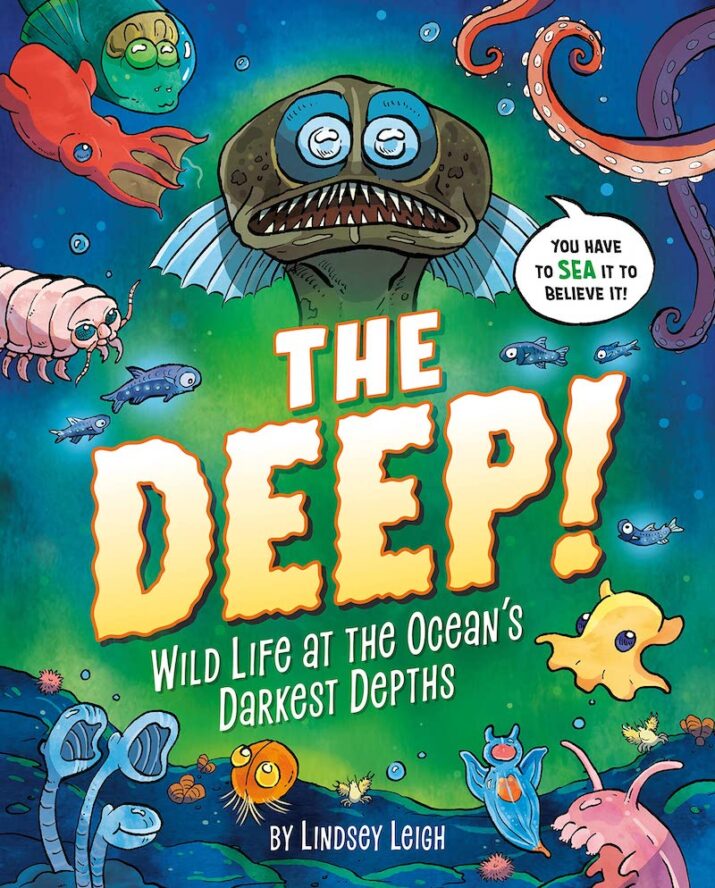
The Deep! Wild Life at the Ocean’s Darkest Depths by Lindsey Leigh
What an engaging dive into the ocean! Read about the ocean layers and the cool creatures who live in each ocean zone. The unique handwritten font instead of a traditional font gives the feeling of waves and playfulness. Cartoon illustrations show interesting creatures like the barreleye fish, the prambug, the hagfish, and the tripod fish. And the dialogue bubbles of conversational creatures only add to the genius of this eye-catching book. I predict this will be very popular with middle grade readers!
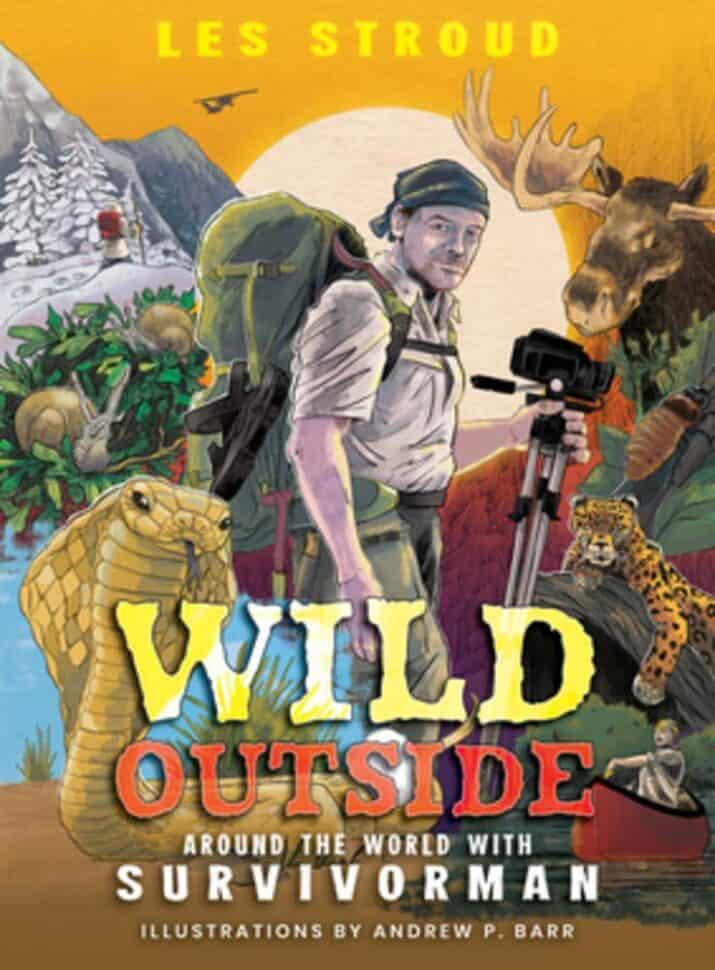
Wild Outside Around the World with Survivorman written by Les Stroud and illustrations by Andres P. Barr
Les Stroud recounts exciting personal adventure stories of exploration and survival in all sorts of places around the world. Fascinating stories are accompanied by photos, illustrations, maps, and informational insets. I couldn’t put this book down and HIGHLY recommend it.

Race Against Death by Deborah Hopkinson
Zippy pacing with dialogue from first-person accounts, character arcs, and a true story arc makes this nonfiction book read like a narrative story. It’s well-organized and meticulously researched about what happened in the Philippines during World War II when the Phillippines fell to the Japanese, the US and Philippine soldiers and citizens were taken into horrific Prisoner of War camps. Notably, this book shares the contributions of women, including their underground resistance, which many books ignore.
Note: This is about the violence of war and includes soldier language (damn, bastards), but it’s not detailed or salacious and is appropriate for middle-grade readers who aren’t bothered by either.
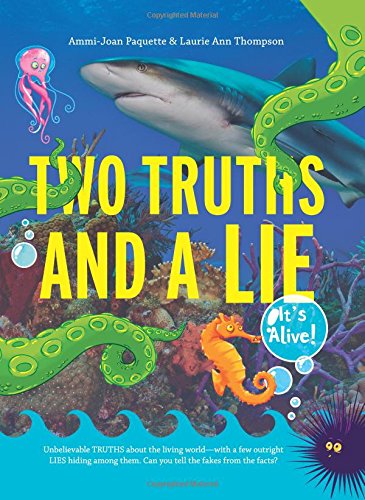
Two Truths and a Lie written by Ammi-Joan Paquette and Laurie Ann Thompson, illustrated by Lisa K. Weber
This book is GENIUS! Kids to read and figure out what is true and what is a lie. Know that readers will not just be reading and thinking deeply, but they’ll also doing research while they’re immersed in the book… (Because 11-year-old readers must know if a prehistoric dinosaur named “Bambi” exists, if the slyrking will take over your picnic, or if doctors really can implant a stimoceiver in the brain to control your behavior.)
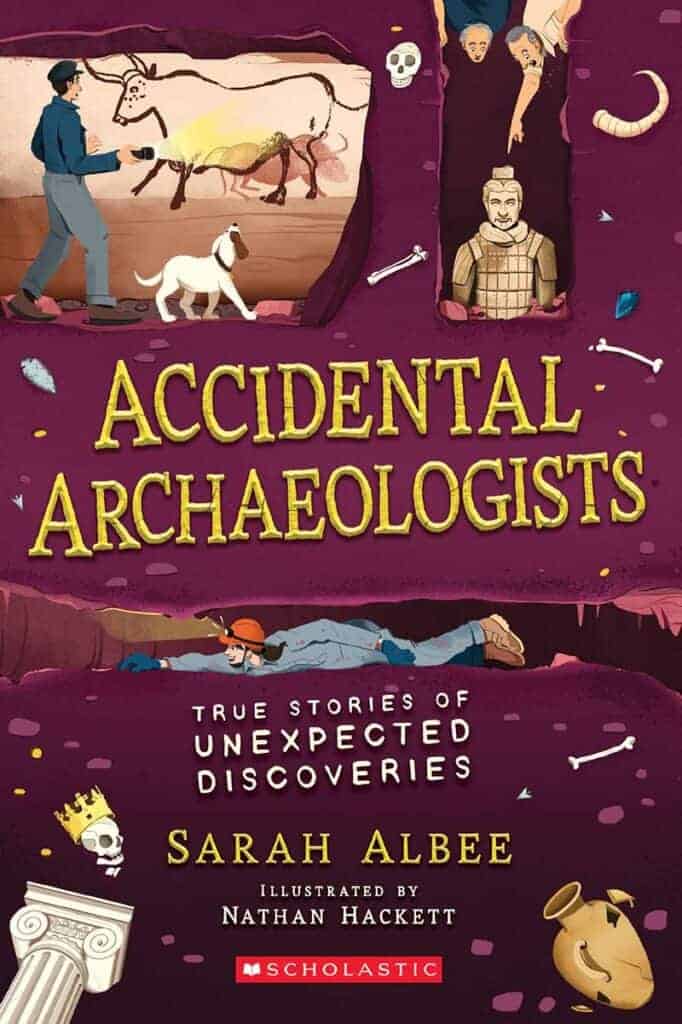
Accidental Archeologists: True Stories of Unexpected DIscoveries written by Sarah Albee, illustrated by Nathan Hackett
Albee consistently writes exceptional, appealing nonfiction books and this latest one is no exception. The writing hooks you from the first page and the stories of accidental archeological discoveries are compelling. She includes black and white photographs, informational insets, and present-day updates. I thoroughly loved learning about the discovery of The Rosetta Stone, a fought-over golden Buddha statue, a 5300-year-old mummy, and the other discoveries; you will, too.

It’s Up to You, Abe Lincoln: How I Made the Biggest Decisions of My Life by Tom & Leila Hirschfeld
Written in the second person point of view, this book puts you squarely in the driver’s seat as Abe Lincoln. It describes your life starting from childhood with photos, fun facts, and quizzes of “What Would You Do?” The writing flows smoothly, the layout is eye-catching, and the information is interesting and historically important.
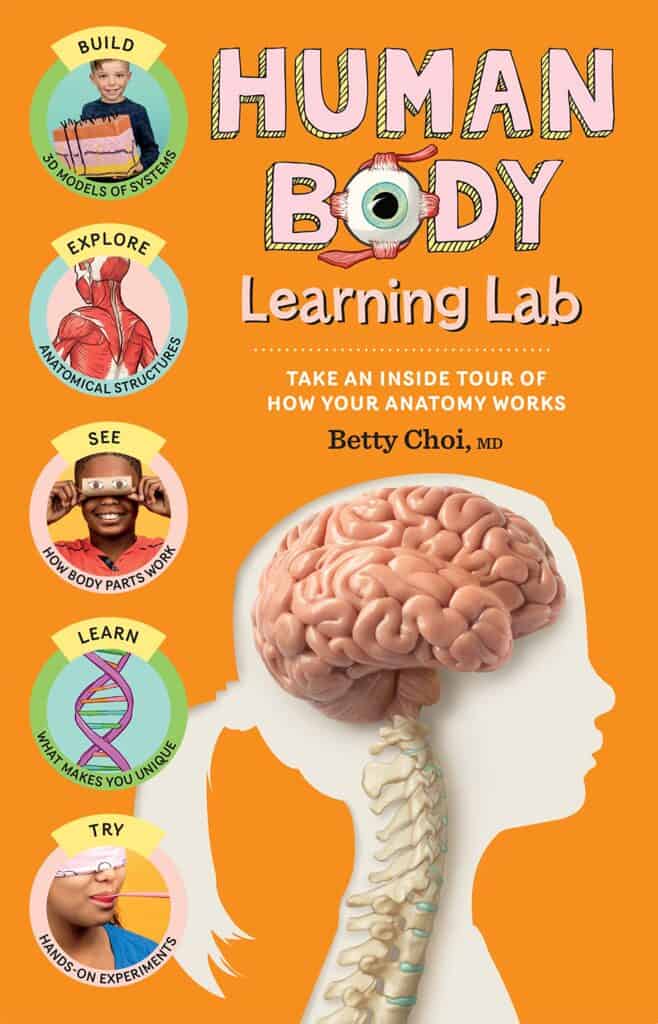
Human Body Learning Lab: Take an Inside Tour of How Your Anatomy Works by Betty Choi, M.D.
Colorful pages with kid-friendly writing, illustrations, diagrams, labels, photos, and more add up to my new favorite book on the human body! Start reading about the body’s cellular building blocks and continue reading about subjects like the circulatory system, respiratory system, nervous system, the five senses, the reproductive system, and more. Written by pediatrician Dr. Betty Choi. I absolutely love this book!
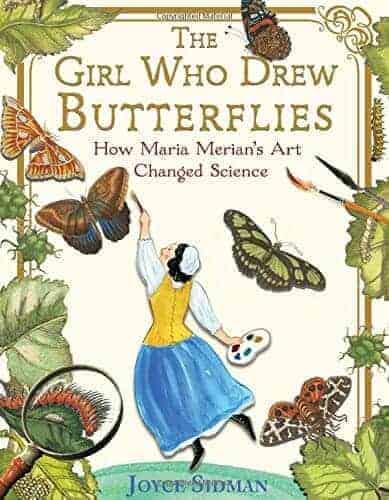
The Girl Who Drew Butterflies How Maria Marian’s Art Changed Science by Joyce Sidman
The book includes detailed illustrations and photographs of Maria’s actual drawings and the insect and plant specimens she observed plus occasional informational insets describing the world around her at the time— the first museums, the role of women, and science before photography, just to name a few. Maria’s dogged passion for the natural world, insects, in particular, led to being one of the first naturalists to document a butterfly’s metamorphosis. Her story is fascinating and inspirational. I love this book! Added to: Best Biographies for Women’s History Month
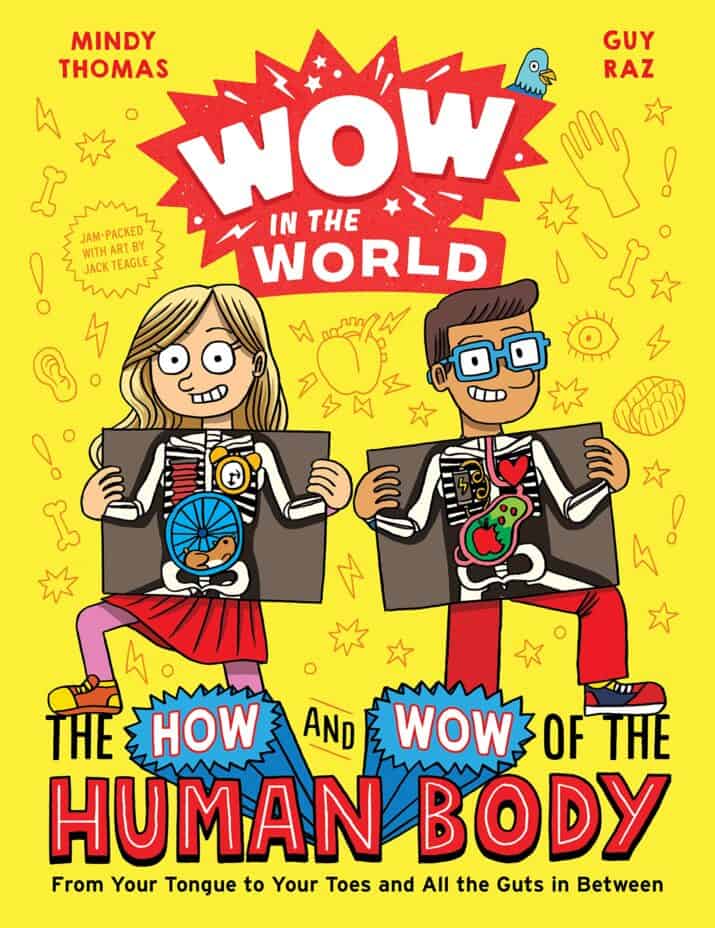
The How and Wow of the Human Body: From Your Tongue to Your Toes and all the Guts in Between written by Mindy Thomas and Guy Raz, illustrated by Jack Teagle
From the hosts of the Wow in the World podcast comes a beautifully designed, fact-filled, engaging book all about the body. Starting at the top of your body (the head) then moving on to the outside parts like the skin and nails to the insides like the immune and digestive system, you can’t help but learn a ton of information as you read the diagrams, facts, jokes, texts, quizzes, cartoons, and activities. Take your time because there’s a lot to learn and love on each page.

How to Go Anywhere (And Not Get Lost): A Guide to Navigation for Young Adventurers written by Hans Aschim, illustrated by Andres Lozano
FANTASTIC! Engaging informational writing guides readers through the history of navigation to the development of more precision, new technology, and better maps. Illustrated activities throughout the book will help readers apply their new knowledge. for example, “Make Your Own Stick Chart” helps you make an ancient system of mapping the ocean and “Visualizing Declination” shows you the difference magnetic declination can make. Use this all year long in your homeschool or science classroom or throughout the summer as you spend time in nature.
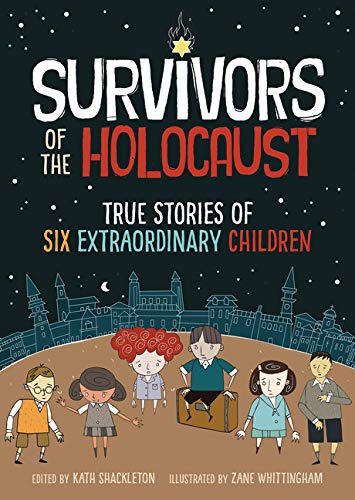
Survivors of the Holocaust: True Stories of Six Extraordinary Children by Kath Shackleton, illustrated by Zane Whittingham Holocaust survivor stories like these MUST be told. Because these six children started just like any of the kids reading their stories, they were ordinary kids who experienced the hardest things a child could face…being torn from their homes, separated from family, captured as a prisoner, and/or forced to hide. Graphic storytelling with unique artwork supports the clear, compelling narratives that will stay with you. It’s pretty sad to witness the tragedies in these children’s lives. Powerful, emotional, deeply disturbing that leaves us with a sense of loss, even with these children’s survival. We need more books like this. We must never forget. Buy this book for your classrooms and libraries!
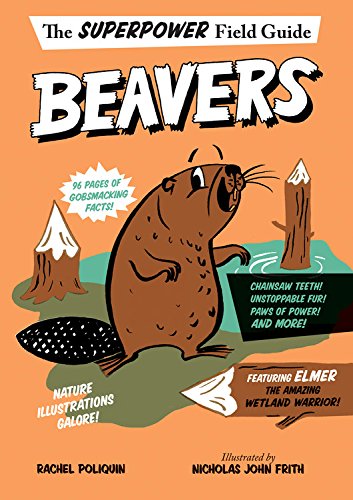
Beavers: The Superpower Field Guides written by Rachel Poliquin, illustrated by Nicholas John Frith
Meet Elmer who, like other beavers, has superpowers. Each of the 10 superpower sections is fact-filled, funny, and illustrated. After you zip through this engaging nonfiction book, Elmer will be your new favorite kind of animal — and you’ll be a beaver expert, too.
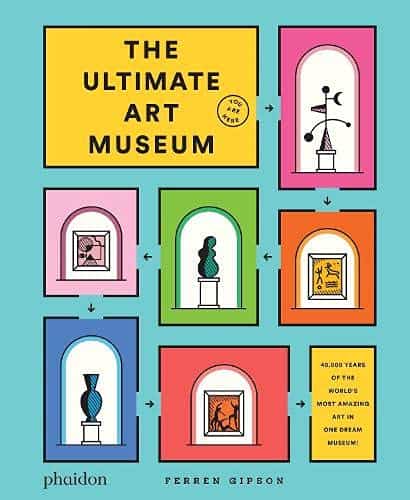
The Ultimate Art Museum by Ferren Gipson
WOW — this is the MOST impressive, well-organized, and beautifully designed art history book for children that I’ve EVER read. It’s a curated book that takes children chronologically through 18 galleries from geographical regions and cultures such as the Far East, Ancient Egypt, Medieval Europe, and Byzantine period. Colorful borders and design, photographs and paintings with descriptions. Gorgeous — I highly recommend this incredible book!

The Thrifty Guide to Ancient Rome by Jonathan W. Stokes
The Thrifty Guides Handbooks for Time Travelers are irresistible, wildly imaginative romps through history. These books are filled with tongue and cheek hilarity while also being boldly informative about their historical topics. If Ancient Rome is your preferred destination, you’ll need your handy handbook close by to make sure you survive — which seems to be unlikely since, since as the book says, “Rome is an absolute deathtrap.” Throughout these thrifty travel guides, you’ll read letters from your “Corporate Overlord at Time Corp“. These, as you may expect, are hilarious! The guides are published by Time Corp in the year 2164 to help vacationing tourists with the most practical information for their time travel trips.
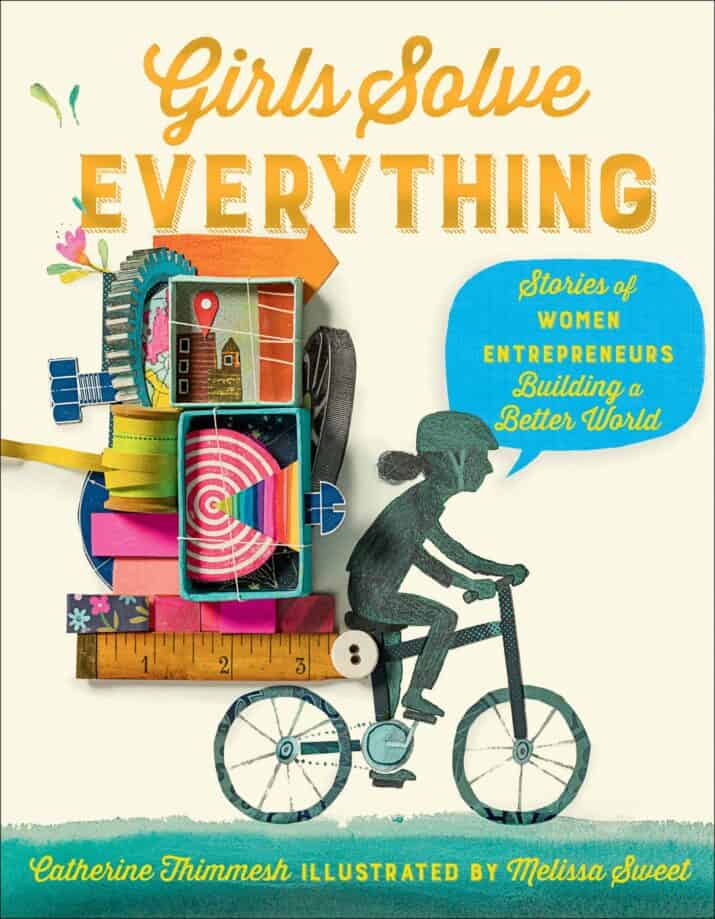
Girls Solve Everything: Stories of Women Entrepreneurs Building a Better World written by Catherine Thimmesh, illustrated by Melissa Sweet
Mesmerizing writing about problem-solving businesswomen! Plus, Melissa Sweet’s cool illustrations elevate these women’s stories and add visual appeal. If readers aren’t budding entrepreneurs before reading this, they might be after. Read how Jeroo Billimoria founded an emergency phone line for street kids in India, or how Jane Chen developed a low-cost incubator for premature babies in developing countries, and how Nadia Hamilton created an app with step-by-step instructions for daily tasks for autistic folks. Highly recommended.
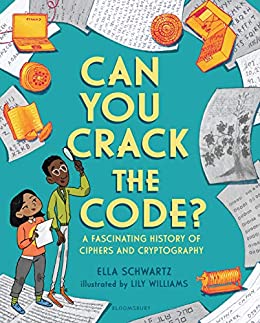
Can You Crack the Code? A Fascinating History of Ciphers and Cryptography written by Ella Schwartz, illustrated by Lily Williams
This book is perfect for children who love to solve puzzles and think deeply. Even better, it’s very well written, flowing with information that makes sense so you’ll want to keep reading. This book intersperses activities, puzzles, insets of information, bolded words, biographies and more throughout the text — I’m very impressed! I can see homeschoolers using this book as a teaching tool or families reading it together just for fun.
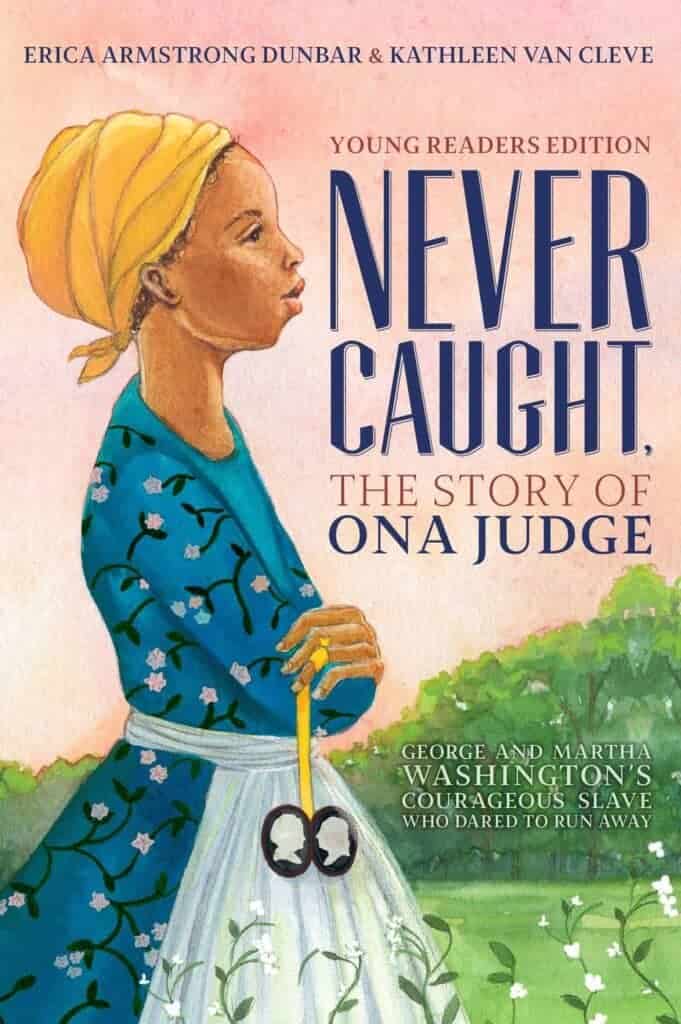
Never Caught, The Story of Ona Judge: Young Readers Edition written by Erica Armstrong Dunbar and Kathleen Van Cleve
This is a VERY well-written narrative nonfiction book but to be honest, I felt sick reading about the world into which Ona was born and raised…and that George Washington owned human beings. At age 10, Ona becomes Martha Washington’s personal slave. After 13 years of this thankless work with no pay, no days off, no freedom to have a feeling,…many of those years in Philadelphia, Ona learns that Martha plans to send Ona as a “gift” to Martha’s unkind granddaughter. Ona escapes north with the help of other freed slaves living in the city.

The Screaming Hairy Armadillo and 76 Other Animals with Weird, Wild Names written by Matthew Murie and Steve Murrie, illustrated by Julie Benbassat
Get ready for funny names, magical names, fierce names, delicious names, and weird names. But even better is the ANIMALS with these unusual names. Like the striped pyjama squid which is a cool-looking stripped squid. Or the yeti crab which is a crustacean with hairy arms. Facts (species, habitat, and interesting details) are written in a text box with a well-written elaboration of about a page describing the animal’s looks, behavior, habitat, abilities, and more. Each animal has at least one illustration, sometimes more than one, and sometimes a photograph. Fantastic!
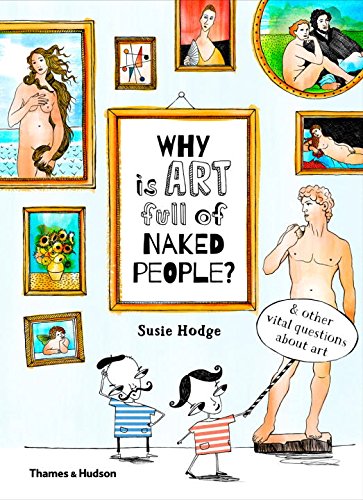
Why Is Art Full of Naked People? by Susie Hodge
My 11-year-old artistic daughter thinks this is the BEST book! In fact, she says it’s been much better than this year’s not-so-great art teacher at her school. You’ll find out so many useful facts to questions you probably didn’t even know you had such as: Why is everything blurry? Do artists copy each other? Why is art so expensive? This book takes common kid questions and helps children understand and appreciate art in a deeper way. Very interesting!! I’m glad we own it.
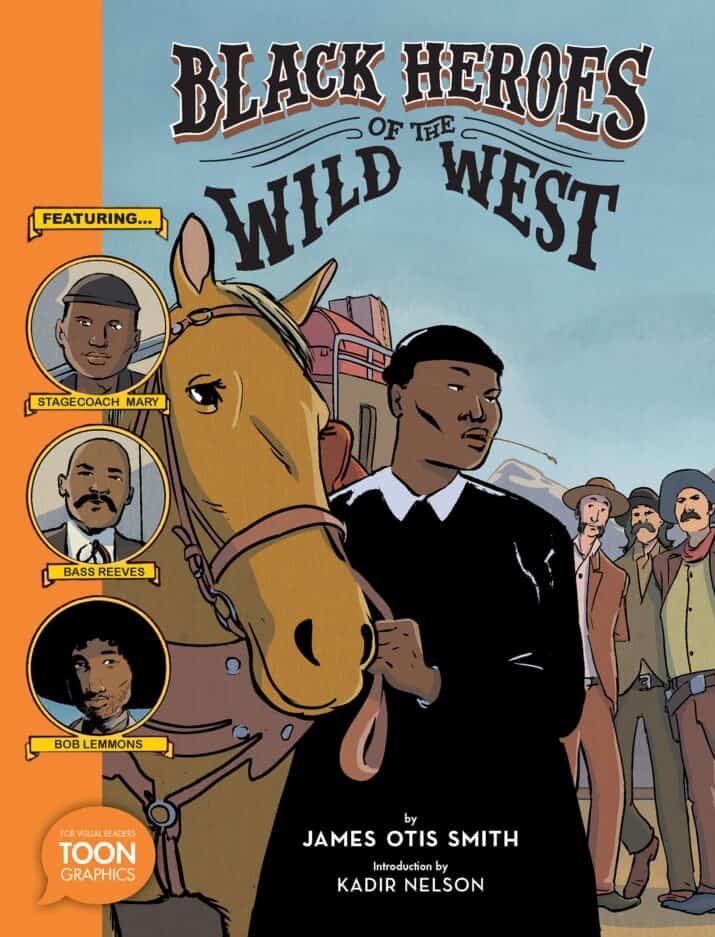
Black Heroes of the Wild West by James Otis Smith
This exceptional graphic novel contains three compelling biographies of little-known historical black individuals who lived during the Old West. Smith is an exceptional storyteller and you’ll be pulled into the stories immediately. Read about Stagecoach Mary, a former slave who had the most interesting life that included many jobs, and Bob Lemmons whose horse training skills helped him capture a wild mustang stallion.
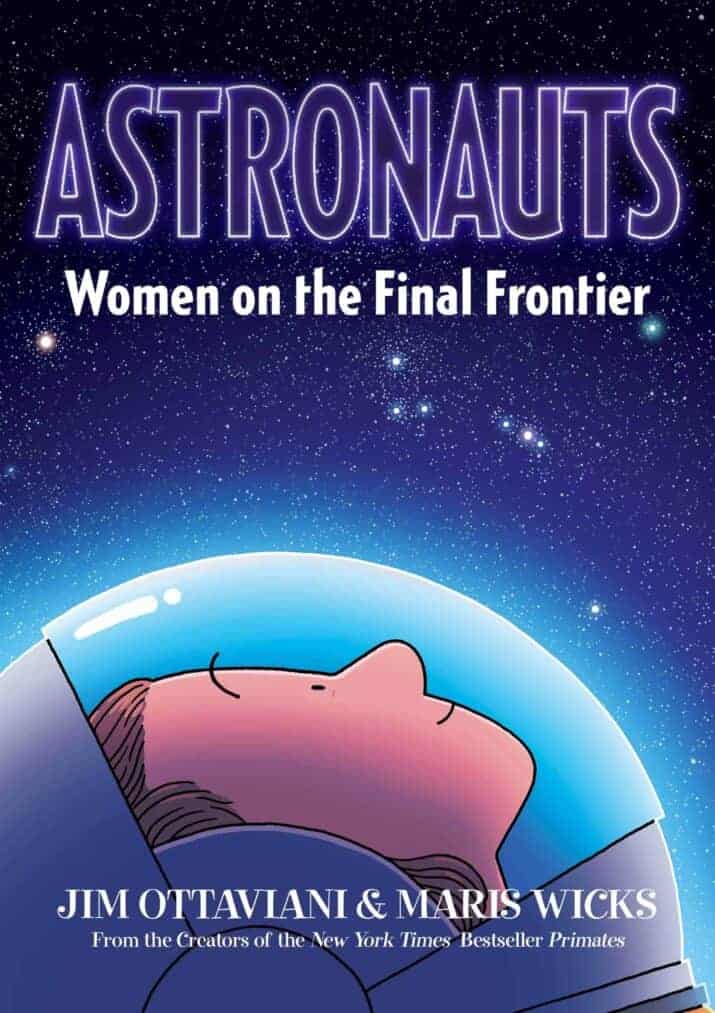
Astronauts: Women on the Final Frontier by Jim Ottaviani and Maris Wicks
What a fascinating, informative look at the difficult road women faced in their journey to become astronauts! Despite facing misogynistic attitudes, American women persisted in their quest to become astronauts. Meanwhile, the Russians started a female space program and launched a woman astronaut long before the U.S. did. Eventually the U.S. caught up and you’ll be inspired by read the stories of these fascinating trail blazers, American and Russian.
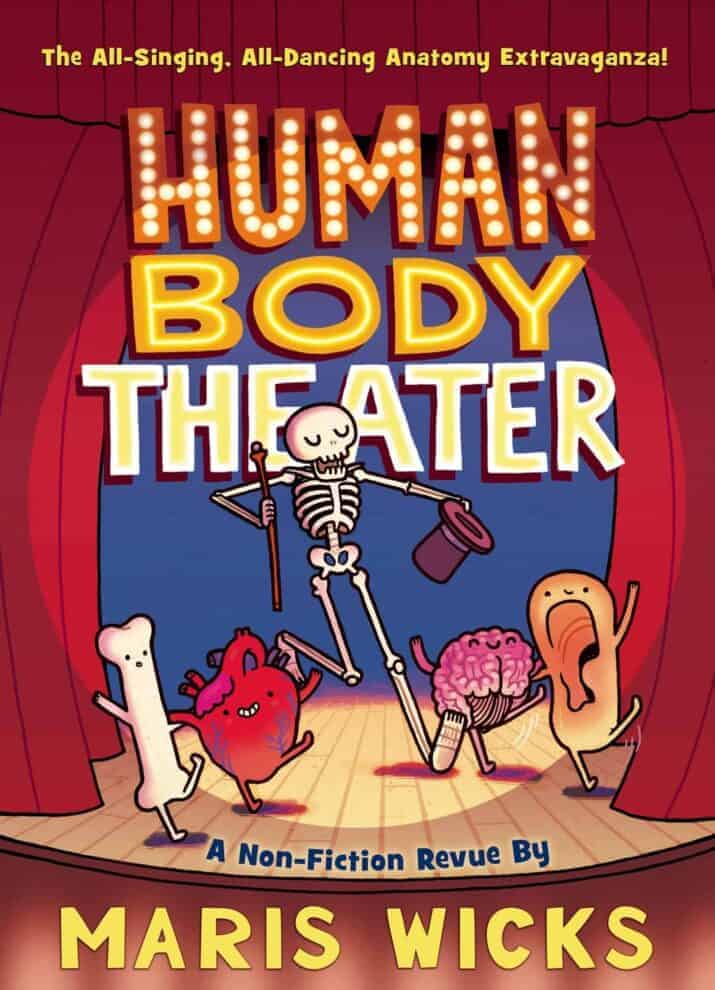
Human Body Theater: A Nonfiction Revue by Maris Wicks
This nonfiction graphic novel ROCKS! It should be required reading for students studying the human body because the information presented this way is so memorable and understandable. I love Skeleton’s narration and the awesomely cute illustrations of every body system from the smallest cell parts to the biggest organs.
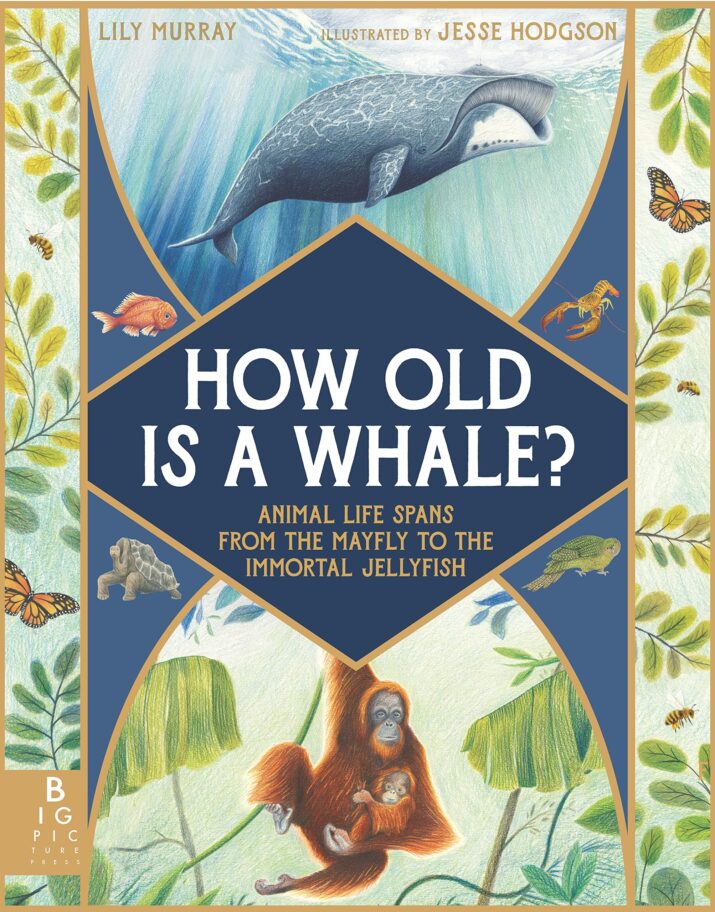
How Old is a Whale? Animal Life Spans from the Mayfly to the Immortal Jellyfish written by Lily Murray, illustrated by Jesse Hodgson
Beginning with the mayfly, whose life spans 3 minutes to 24 hours, and ending with the immortal jellyfish whose life span is forever unless it’s eaten, you’re going to be fascinated with the facts in this life span book. Each animal gets its own two-page spread with information about their life and a muted illustration in earth tones. Love it! (The text is fairly difficult, so I’d recommend this for strong middle-grade readers.)
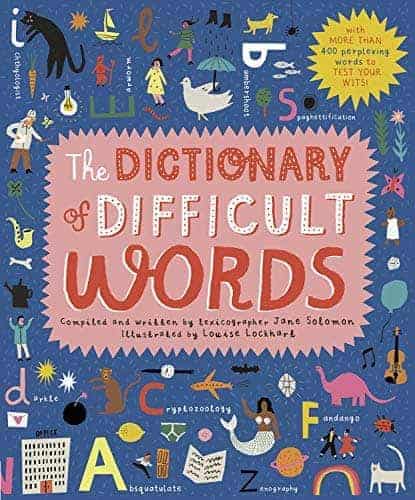
The Dictionary of Difficult Words by Jane Solomon, illustrated by Louise Lockhart
Want a mesmerizing book that is even better than a word-a-day calendar? This oversized dictionary contains the coolest selection of 400 words that kids will love to learn beginning with abecedarian (someone who is learning the alphabet) continuing to Zeppelin. Each letter gives readers about 15 new words to learn. This includes the word, pronunciation, part of speech, and definition.

A Black Woman Did That: 42 Boundary-Breaking, Bar-Raising, World-Changing Women written by Malaika Adero, illustrated by Chante Timothy
In this book, you’ll meet women and girls who will inspire you. Read about fascinating and admirable women who are scientists, models, athletes, politicians, dancers, and more. Fascinating writing and fascinating people with impactful, vivid illustrations.

Rise Up: Ordinary Kids With Extraordinary Stories written by Amanda Li, illustrated by Amy Blackwell
Kids will love the colorful layouts, exceptional writing, and wealth of information about SO many amazing role model kids. Learn about Poorna Malavath from India who climbed Mt. Everest, Desmond Doss, a WWII hero from the U.S., and Molly Kelly from Australia who escaped from forced resettlement for Aboriginal children. The writing grabs you from the first sentence — and makes these children’s true stories exciting and dramatic as if you were reading an adventure story.
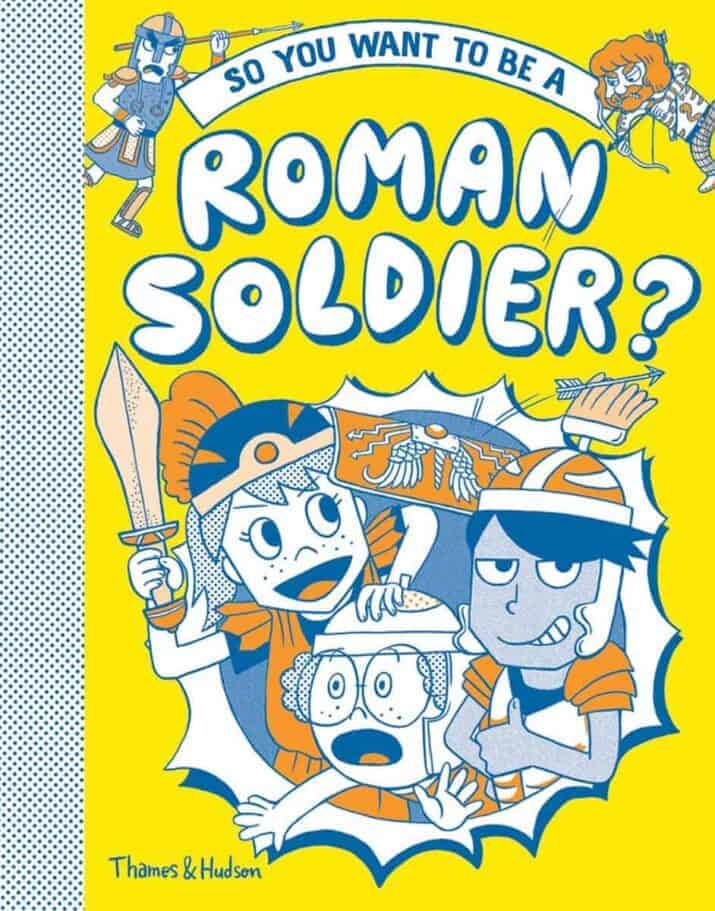
So You Want to Be a Roman Soldier? written by Philip Matyszak, illustrated by Takayo Akiyama
This is a kid-friendly somewhat irreverent guide to being a Roman, starting with an example entrance exam and application form. Learn how to train, collect weapons, prepare for war, and even storm a city.
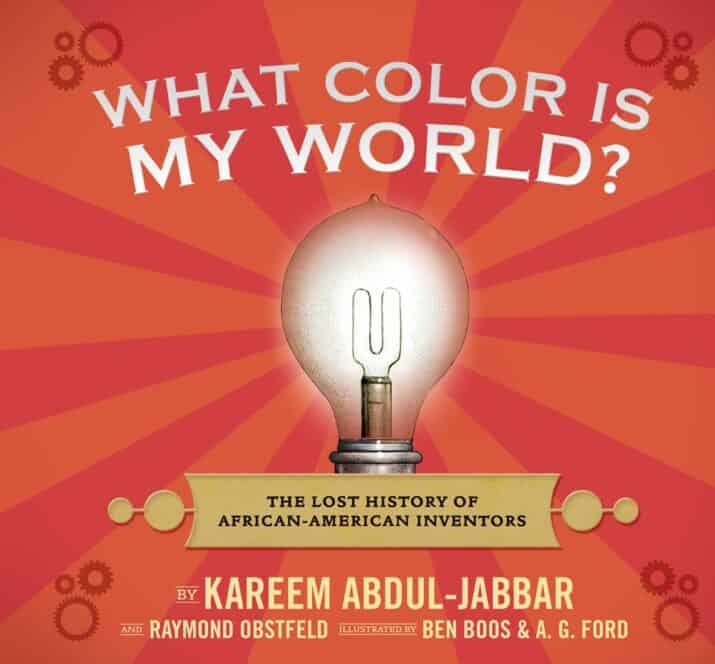
What Color is My World? The Lost History of African-American Inventors written by Kareem Abdul-Jabbar and Raymond Obstfeld, illustrated by Ben Boos & A.G.
Ford Twins, Herbie and Ella, move into a new house where they meet Mr. Mital, a handyman who surprises the kids with fascinating information about African-American scientists. Throughout the narrative are non-fiction lift-the-flap sidebars and two-page spread biographies.
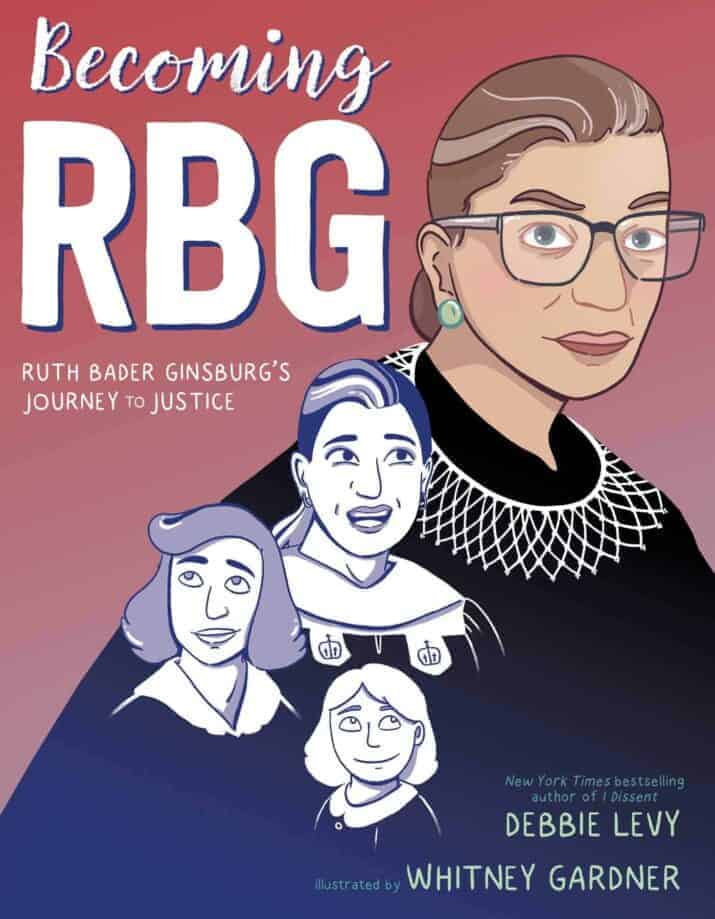
Becoming RBG: Ruth Bader Ginsburg’s Journey to Justice written by Debbie Levy, illustrated by Whitney Gardner
Introduce young readers to the fascinating life of Ruth Bader Ginsburg with this clearly-written graphic novel that shows about her life from childhood to adulthood including her family life. You’ll see how women were treated differently than men and the challenges that a trailblazer like Ginsburg faced. She experienced discrimination firsthand. Based on her experiences and quest for fairness, Ginsburg became passionate about civil liberties, specifically gender discrimination. Not only was she a lawyer and judge but she also became a Supreme Court Justice.
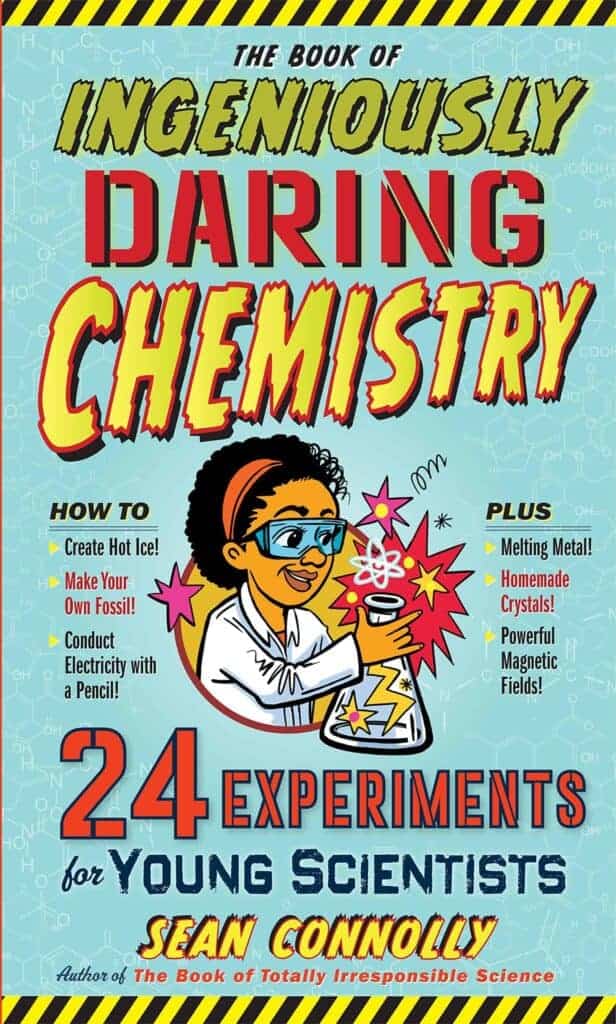
The Book of Ingeniously Daring Chemistry 24 Experiments for Young Scientists by Sean Connolly
FASCINATING! I love the writing in this book because it makes chemistry really understandable and interesting. You’ll read about an element on the periodic table then do a related experiment. For example, you might learn how iron oxidizes by submerging steel wool in vinegar. Or learn about magnesium with an Epsom salts crystalizing experiment.
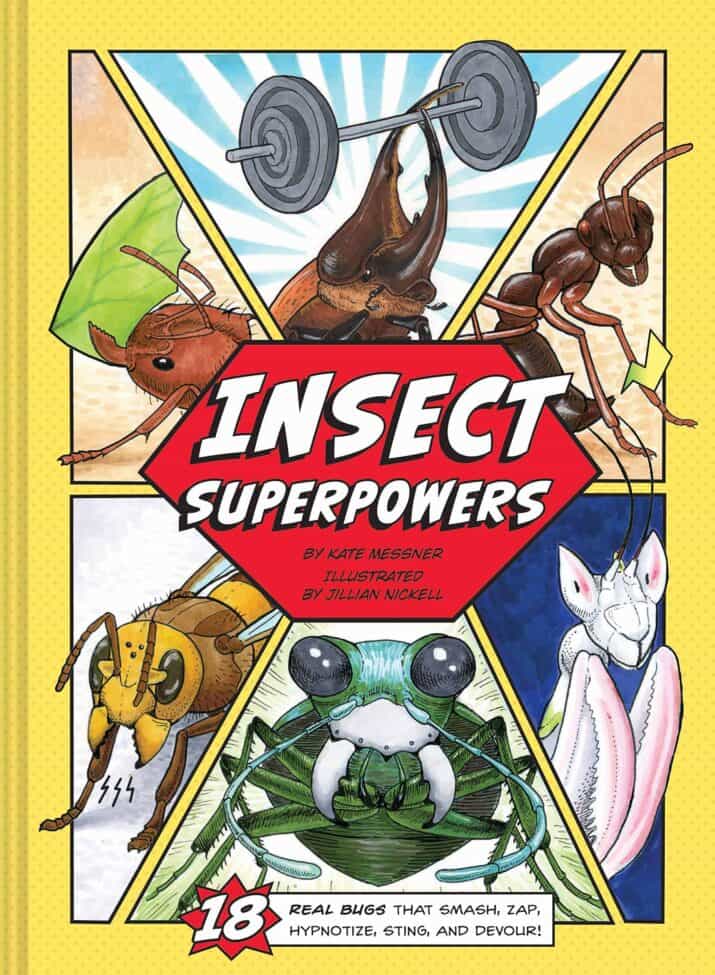
Insect Superpowers 18 Real Bugs that Smash, Zap, Hypnotize, Sting, and Devour! written by Kate Messner, illustrated by Jillian Nickell
Stylized to look like a comic book of superhero action with oversized pictures and the occasional large comic-style typeface of smack! pow! and chomp! impress upon the reader just how super these superbugs are. Messner shares the must-know basics (name, size, hideout, superpower) then launches into fascinating details about each, including what they eat (favorite foods) and who eats them (archenemies). Action-filled cartoon panels show a bug stalking and then devouring its food. Interesting insets of information narrate more facts about each insect.

Totally Amazing Facts About Military Vehicles by Cari Meister
I’m not interested in this topic at all, but I know kids who are. For them, this book will be a gold mine of cool facts and information. And my kids and I LOVED this series’ other book, Wacky Facts About History.
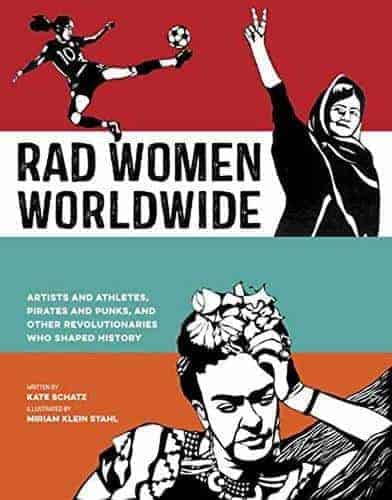
Rad Women Worldwide written by Kate Schatz, illustrated by Miriam Klein Stahl
Once I started reading these biographies (which I flipped and read in random order), I got very hooked. Hopefully, this book will inspire kids as much as it did me. Plus, it’s really interesting to read about other people, ordinary people who did amazing things.
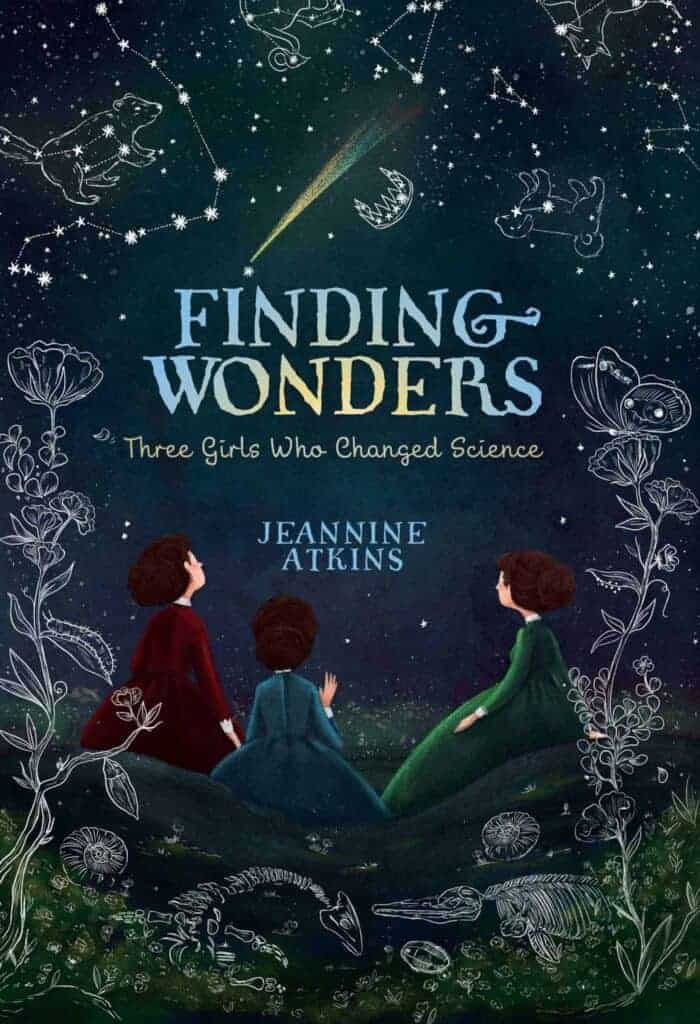
Finding Wonders: Three Girls Who Changed Science by Jeannine Atkins
Three girls lives, Maria Merian, Mary Anning, and Maria Mitchell, are showcased in this beautiful verse. Each girl’s interest is explained and elaborated. We see how these interests grew into something more, into the passions and discoveries that become their life’s work. I love the flow of the poems and the celebration of these ground-breaking women.
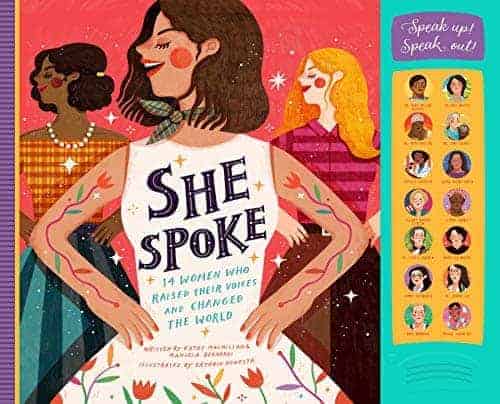
She Spoke: 14 Women Who Raised Their Voices and Changed the World written by Kathy MacMillan and Manuela Bernardi, illustrated by Kathrin Honesta
The best part of this picture book is that you can hear the actual voices of these 14 women. Press the button on the side and listen. I particularly love Maya Angelou’s deep, rich voice. Each two-page spread features a short biographical paragraph as well as a quote from that person, whether Dolores Huerta or Dr. Temple Grandin or Hillary Rodham Clinton. The pages also include an illustration, quick facts, and a call to action.
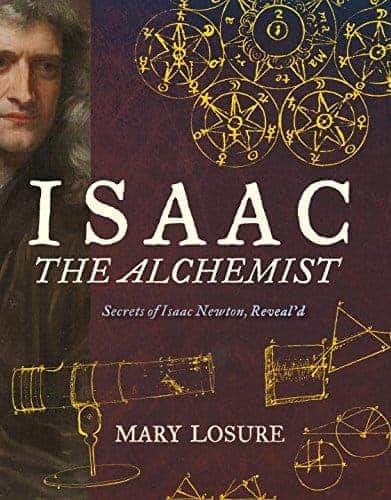
Issac The Alchemist Secrets of Issac Newton, Reveal’d by Mary Losure
This well-written biographical book grabs your attention and holds it. I’m impressed! Newton had a difficult childhood, but his curiosity and genius were always present throughout his life. After living at an apothecary for several years, he had a chance to go to the university, and eventually, Newton became one of the world’s most well-known scientists, the father of physics. I highly recommend this for a narrative nonfiction reading choice for 6th graders.
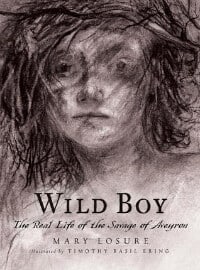
Wild Boy: The Real Life of the Savage of Aveyron by Mary Losure
Based on a true story, this is a historical recounting of a wild boy the early 1800s found in France. I found the life fascinating as the author takes us on the journey of his life. He’s studied as a beast, less than a person. In fact, scientists of the time believed he was not a human but something other. This book will make you think.
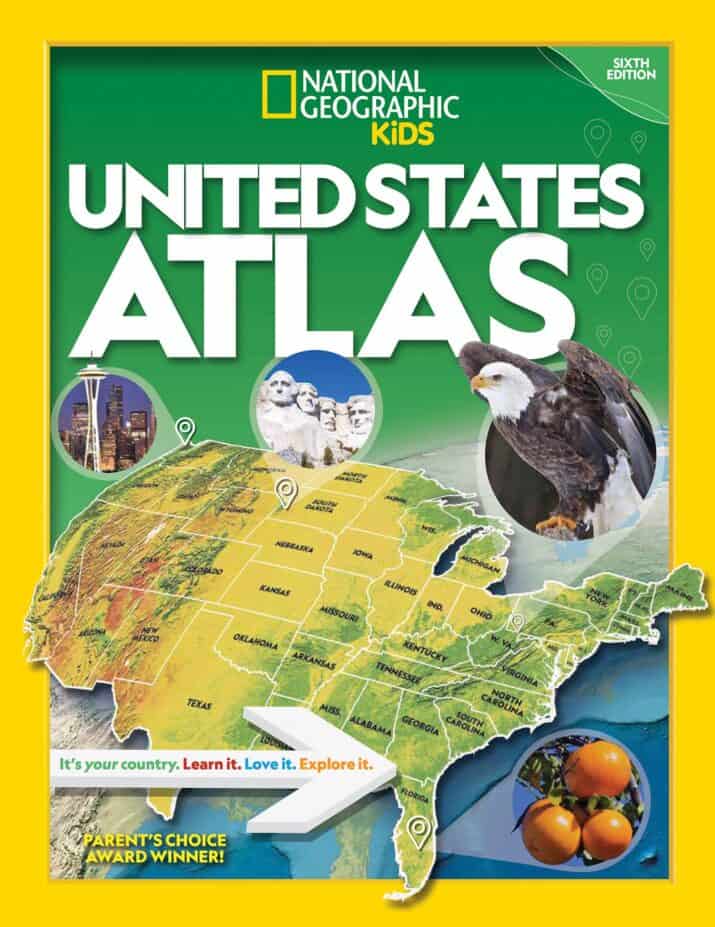
United States Atlas National Geographic Kids (2020)
Here’s an atlas that will be your go-to resource for many years with dense information packed inlike information on each state in addition to the maps — flags, stats, facts, photos, land and water, nature, population, economy, and much more. I really like that the atlas shows the entire United States map with different focuses such as climate, natural hazards, population, and more. You will not need any other atlas but this one — it’s perfect for school and home.
